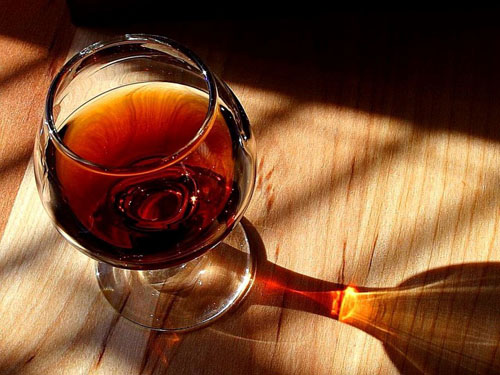Still-life photography is an excellent starting point for inexperienced photographers. The field provides a good pressure-free environment for learning how to control a camera. It is also an excellent classroom for gaining experience with various forms of lighting.
 |
| Port glasses by Jon Sullivan |
The basic requirements for making a start in still-life photography are essentially very simple. The essentials for a small-scale beginning are:
- A suitable table on which the set-up can be created. This can be quite small and low.
- A stable tripod.
- Lighting stands - at least two or three.
- Soft boxes or other diffusing attachments for each light source.
- A camera and a close focusing "macro" lens is essential. Lenses such as the Nikon 105mm f/2.8 micro are appropriate - the range of options is vast. However, the best option is probably a view camera equipped with tilt and swing front and rear panels for focusing.
- A light meter or flash meter.
- White cards for use as reflectors - at least one metre square.
- Dark, neutral or off-white plain material for background. All sorts of materials can be used - paper, card, or plain material such as muslin, cotton or velvet.
If you are fortunate enough to have access to a studio then you are off to a good start, but excellent images can be created in a domestic environment with the simplest of equipment. A table situated near a couple of windows set at right-angles, as in the corner of a room, some curtains to control light, a flash meter, a couple of lamps, a small table, two white card reflectors, a tripod and a camera together constitute a small still-life studio. The only additional prerequisites are the photographer's creativity and plenty of time and patience.
Still life photography goes back a long way, and was popular when light-sensitive materials were slow and exposure times consequently long. Since nothing moved, the shutter could be left open for as long as necessary to obtain a correctly exposed image. However, it is still a very active field of photography. Indeed many professional photographers make a living from product, advertising and catalogue work. The field is perhaps unique in that the photographer, who has control over all aspects of the image-creation process, is the sole source of creativity. There are no cloud formations, magnificent scenes or natural light shows, and there is no human subject to contribute interesting actions or expressions. The subject matter must be visualized and created from scratch.
Another key, and perhaps unique, aspect of still life work is that the photographer has, at least in most cases, all the time required to create a good image. Other photographers are subject to time limitations of one sort or another. A model will tire and be available only for an agreed period, and landscape and wildlife photographers find themselves at the mercy of nature. A still-life photographer, at least when free of time or financial pressures, can spend pass a whole day making small adjustments to lighting, composition and other aspects of a set-up.
With care, everyday objects can be transformed into wonderful glowing elements of captivating images. Learn how to handle reflective and non-reflective surfaces, how to select the most appropriate backgrounds, and how additional simple elements such as contrasting colours, water droplets or spilled liquid can turn ordinary images in to something special.
Composition can often be improved significantly by making small adjustments to the various element of the subject, or to the position of lights, reflectors or the camera.. In this digital era it is then easy to compare results on a computer monitor and observe what works, and why, and what does not work - and why.






